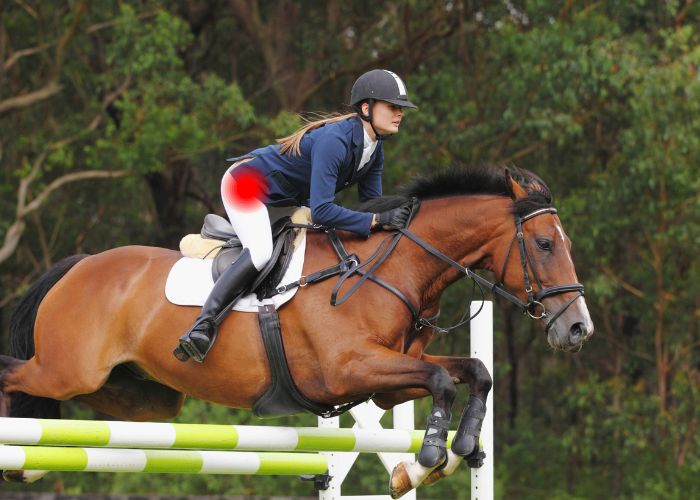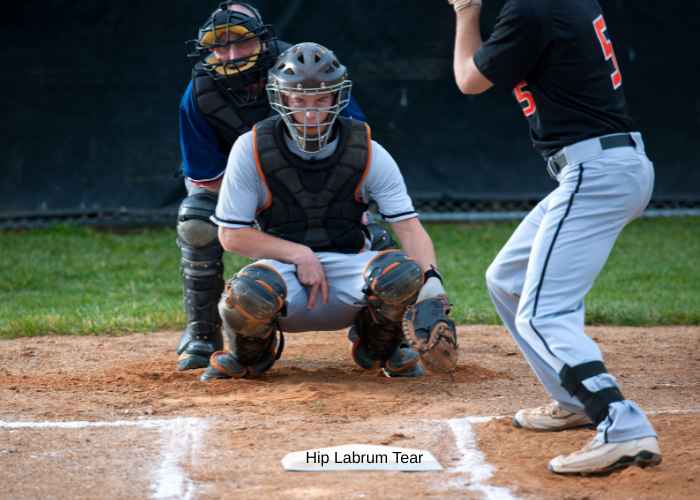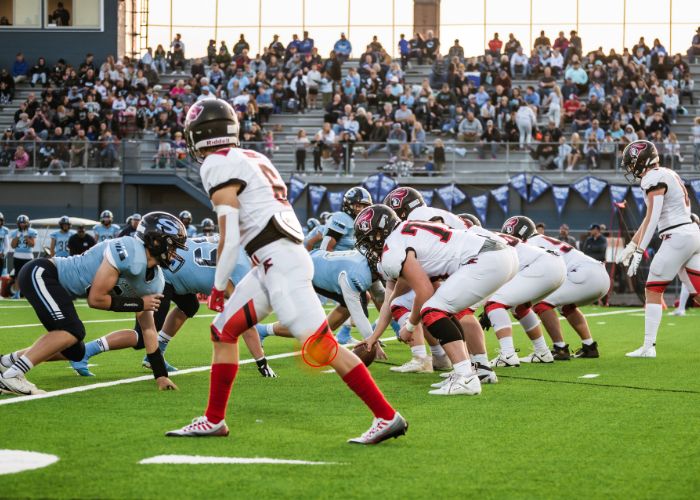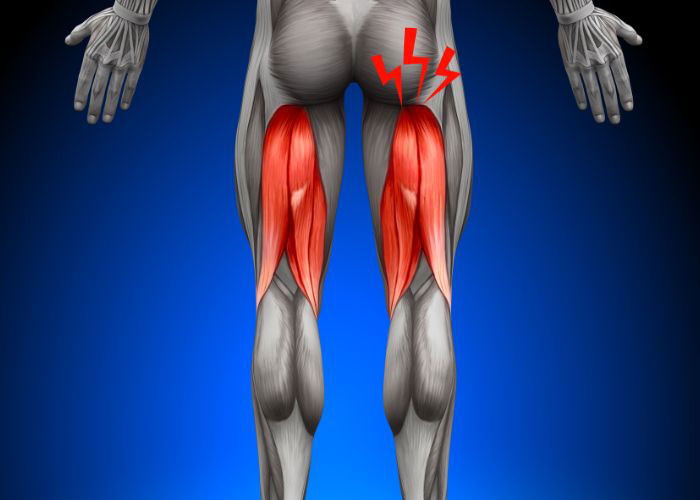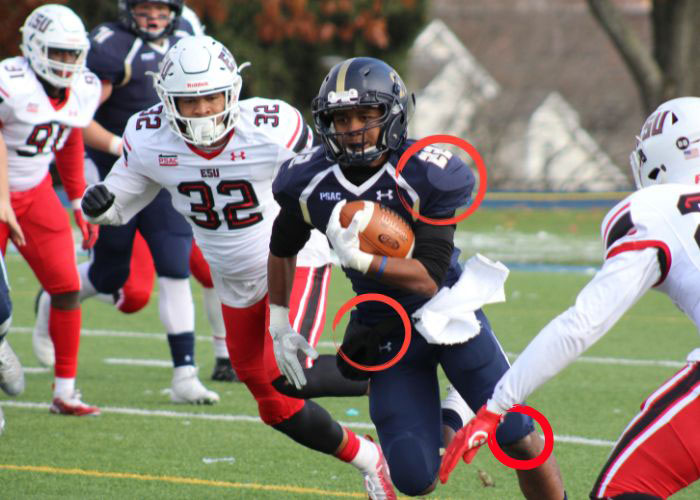Ski Injury Specialist

Skiing is a relatively safe sport to participate in, even if you are a novice skier. If you do get injured while skiing, early intervention is critical, especially if you suspect a torn ACL (Anterior Cruciate Ligament). Dr. Ronak Mukesh Patel, Orthopedic Sports Medicine Specialist offers both non-surgical and surgical treatment options for most sports injuries encountered on a ski slope. If you’ve sustained an injury, contact Dr. Patel’s team today!
It’s ski season!
Texas may not have the best slopes for skiers, but we have plenty nearby! New Mexico and Colorado are within driving distance and offer just the right amount of white stuff for avid skiers. Skiing is an excellent form of exercise and, for many, a thrilling and competitive winter activity. Whether you’re a novice or an experienced skier, it’s a fantastic way to enjoy a cold day away from work or school. However, skiing can place significant physical demands on the body, particularly on the back and lower limbs, which endure most of the strain on the slopes. It’s important to prepare physically ahead of time to reduce the risk of injury and ensure you can enjoy the entire season, injury free.
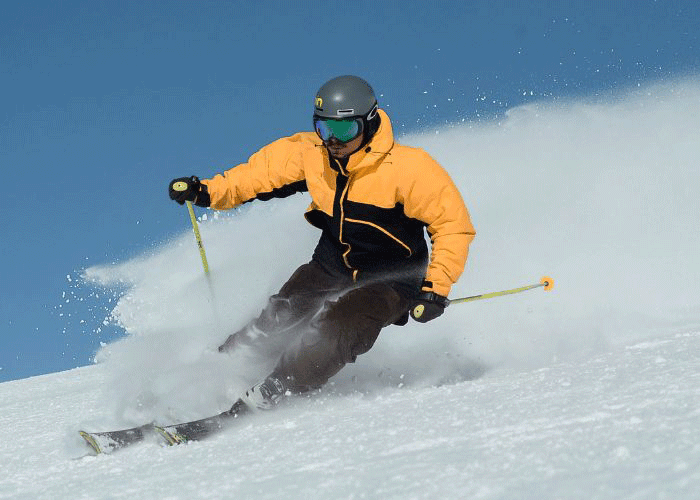
Ways to avoid a skiing injury:
The saying “An ounce of prevention equals a pound of cure,” applies when preparing for skiing. The best thing you can do before taking your annual ski trip is to prepare physically. Plan a workout regime that strengthens the muscles you use for skiing: leg, arm and core strengthening exercises will help in avoiding injury on the slopes. When you get to the resort, warm up and stretch thoroughly before you do that first run of the day.
Strengthen key muscle groups:
Focus on leg, arm, and core exercises that mimic skiing movements. Squats, lunges, planks, and upper-body workouts can all help.
Warm up thoroughly:
Before your first run of the day, do dynamic stretches and a quick aerobic warm-up to increase blood flow to your muscles.
Stretch regularly:
Stretch after skiing or between runs to maintain flexibility and reduce muscle tension.
What types of injuries occur when skiing?
As an orthopedic sports medicine specialist in the Sugar Land, Pearland and the Houston, Texas areas, I often see patients with a torn ACL (Anterior Cruciate Ligament.) Skiing creates the perfect condition for tearing an ACL because skiers often plant the foot and turn to swish their way down the slopes. In fact, injuries to the lower extremities make up more than half of all skiing injuries. Other injuries I treat include:
- Knee
- Shoulder
- Hip
How do I know if I tore my ACL while skiing?
There are some fairly common symptoms to be aware of if you think you tore your ACL while skiing. These include:
- Popping sound or feeling at the time of injury
- Pain and swelling or bruising
- Inability to put weight on the affected leg
- Decreased range of motion
- Feeling that the knee is unstable or may “give out”
What should I do if I’m injured while skiing?
First, don’t panic. Keep in mind that many ski injuries just need time, rest and sometimes physical therapy to heal. However, if the pain increases, or does not get better it is time to see Dr. Patel. He can assess whether your injury requires surgical treatment or if a simple period of rest and rehabilitation is sufficient.
What should I do if I tore my ACL while skiing?
If you think you’ve torn your ACL while skiing, it is important to see an orthopedic sports medicine specialist right away. Dr. Ronak Mukesh Patel treats a number of skiing injuries each year and has the experience and expertise to get you back on the slopes safely.
What do they do for a torn ACL?
The treatment for a torn ACL while skiing depends upon the severity of the tear. Sometimes multiple ligaments are involved and other times it may be just the anterior cruciate ligament. Whatever the problem, Dr. Patel can fix it. Many ACL tears can be repaired, such as utilizing the new BEAR implant and if not, he will reconstruct the ACL so you can get back to skiing once it’s healed. The important thing to remember is to get your injury looked at early. Waiting is never a good idea when it comes to sports injuries and Dr. Patel will offer the best treatment available.
It’s best to try to avoid a skiing injury:
Proven methods for avoiding a skiing injury include:
- Pre-condition with a ski-focused workout regimen
- Warm up before you hit the slopes
- Stretch after your ski runs
- Stay hydrated
- Choose the proper gear (boots, bindings, and protective equipment)
- Take time to rest
- Listen to your body and seek treatment if injured
